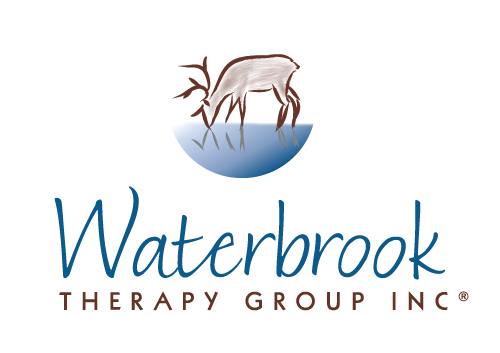Understanding the Impact of ADHD in the Workplace
Attention Deficit Hyperactivity Disorder (ADHD) is a neurodevelopmental condition characterized by symptoms such as inattention, hyperactivity, and impulsivity. While it is commonly associated with children, ADHD also affects millions of adults, many of whom are active in the workforce. Understanding the impact of ADHD at work is crucial for creating supportive environments that maximize productivity and employee well-being.
Challenges Faced by Employees with ADHD
Employees with ADHD often encounter unique difficulties in the workplace, including:
Difficulty with Focus and Time Management: Individuals with ADHD may struggle to stay focused on tasks, especially if they are repetitive or lack immediate gratification. They may also have trouble meeting deadlines due to challenges in time perception and organization.
Impulsivity in Decision-Making: Impulsive behavior can lead to rushed decisions, incomplete tasks, or interpersonal conflicts.
Procrastination and Overwhelm: The tendency to procrastinate, especially with tasks that seem daunting, can result in last-minute rushes or missed deadlines. This can compound stress and feelings of inadequacy.
Hyperfocus: While often seen as a strength, hyperfocus—intense concentration on a specific task—can sometimes cause employees to neglect other responsibilities or miss important cues from colleagues.
Difficulty with Interpersonal Relationships: ADHD can impact communication styles and emotional regulation, occasionally leading to misunderstandings or strained relationships with coworkers.
Strengths and Advantages of ADHD in the Workplace
While ADHD poses challenges, it also comes with potential strengths that can be valuable in professional settings. These include:
Creativity and Innovation: Many individuals with ADHD excel at thinking outside the box and generating innovative ideas.
High Energy Levels: When engaged in stimulating tasks, employees with ADHD often bring enthusiasm and a high level of energy to their work.
Adaptability: People with ADHD are often quick thinkers and can adjust to changes or crises more readily than others.
Resilience and Problem-Solving: Managing ADHD often fosters resilience, persistence, and the ability to navigate complex challenges.
Strategies for Supporting Employees with ADHD
Creating an ADHD-friendly workplace involves understanding and accommodating the needs of affected employees. Here are some effective strategies:
Clear Communication: Provide clear, concise instructions and check in regularly to ensure understanding.
Flexible Work Arrangements: Offering options such as remote work, adjustable hours, or quiet workspaces can help employees manage their symptoms effectively.
Use of Technology: Tools like task management apps, reminders, and time-tracking software can aid in organization and productivity.
Regular Feedback: Constructive feedback can help employees understand expectations and make adjustments as needed.
Professional Development: Encourage training and workshops on ADHD awareness to foster an inclusive work culture.
The Role of Employers
Employers play a pivotal role in supporting employees with ADHD by fostering an inclusive environment. Open dialogue about mental health, coupled with accommodations tailored to individual needs, can help employees thrive. Additionally, educating managers about ADHD can reduce stigma and promote empathy within teams.
Conclusion
ADHD can significantly influence workplace dynamics, but with the right strategies, its challenges can be mitigated, and its strengths amplified. By recognizing the unique contributions and needs of employees with ADHD, organizations can create environments where all individuals have the opportunity to succeed. Addressing ADHD at work is not just about accommodation—it’s about embracing diversity and unlocking the full potential of every team member.
